Few cars have come to define an automotive brand the way the Porsche 911 has. With its unmistakable silhouette, rear-mounted engine, and continuous evolution since 1964, the 911 remains a benchmark of engineering and design longevity. Across generations, the 911 has straddled racing and road use, tradition and innovation, and now finds itself at the edge of electrification, without losing sight of its core identity.
A bold beginning: Birth of a legend
The story of the Porsche 911 begins in the late 1950s, when Ferry Porsche recognised the need to replace the company’s first production car, the 356. Though beloved, the 356 had limitations in power and comfort, especially as performance car markets matured in Europe and the United States. The new car needed to be larger, more powerful, and more refined, while maintaining the driving purity Porsche was known for.
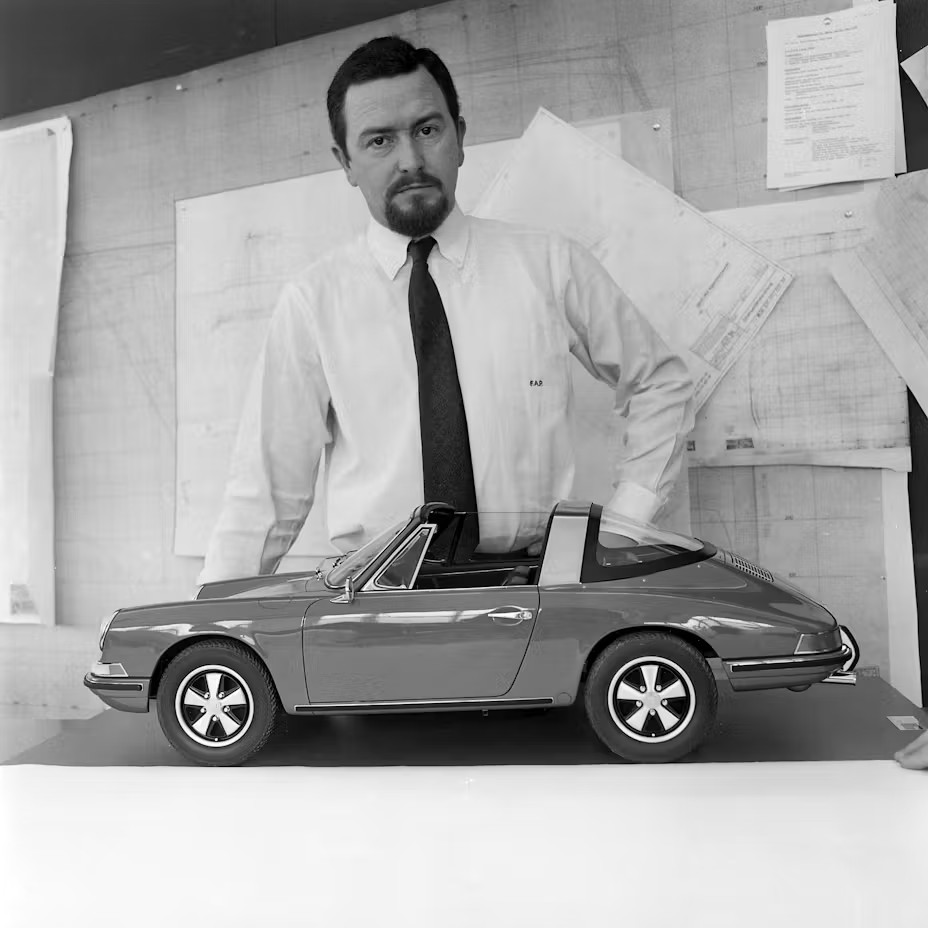
Ferdinand “Butzi” Porsche, Ferry’s son, designed what would initially be called the 901. However, Peugeot held a trademark on car names with a zero in the middle, prompting Porsche to rename the car the 911. Unveiled at the 1963 Frankfurt Motor Show, the 911 featured a six-cylinder air-cooled engine, a 2+2 seating layout, and sleek fastback styling. It immediately garnered attention, not just as a replacement for the 356, but as a statement of Porsche’s engineering direction.
The early years: Performance meets personality
The first 911s hit showrooms in 1964 with a 2.0-litre flat-six engine producing 130 horsepower. Despite its modest output by today’s standards, the car’s light weight, excellent visibility, and nimble handling set it apart. Porsche refined the formula quickly, introducing the 911 S in 1966 with 160 horsepower and improved suspension tuning.
By the end of the 1960s, the 911 had firmly taken root in the performance world. Motorsport success followed, with variants like the 911 R, 911 T/R, and the rally-prepared 911 SC dominating their classes. Porsche’s unique rear-engine layout required innovative chassis and suspension solutions, and the company’s willingness to iterate quickly gave it a competitive edge. The 911 was not just evolving — it was becoming the core of Porsche’s identity.
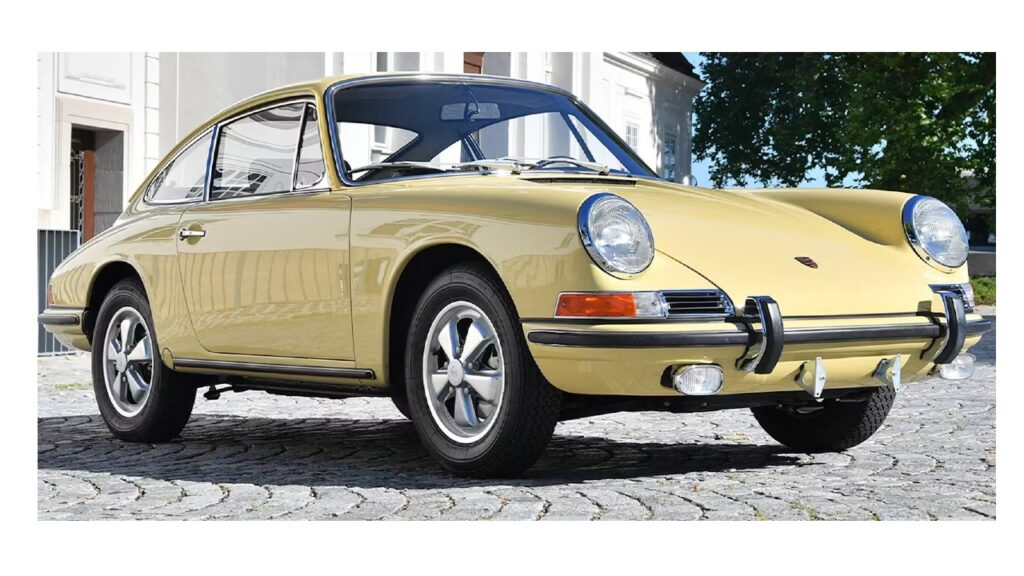
Growing pains and breakthroughs: The 1970s and 80s
The 1970s brought both challenges and breakthroughs. As emissions regulations tightened and safety standards increased, sports car manufacturers struggled to adapt. Porsche responded by introducing fuel injection, impact bumpers, and continuous engine development.
In 1975, the turbocharged 911 Turbo (930) burst onto the scene. With flared wheel arches, a distinctive whale-tail spoiler, and up to 300 horsepower, the 930 was both feared and revered. Early versions were notorious for turbo lag and snap-oversteer, but their performance established the 911 as a true supercar rival.
Meanwhile, Porsche experimented with different variants: the Targa model with a removable roof panel, the 911 SC as a more refined and reliable daily driver, and later the Carrera 3.2, which many enthusiasts still regard as a high point for classic 911 usability.
In 1989, the final evolution of the original 911 platform arrived in the form of the 964. With anti-lock brakes, power steering, and optional all-wheel drive, it modernised the car without losing its essential character. Porsche purists debated the changes, but the 964 laid the groundwork for continued relevance.
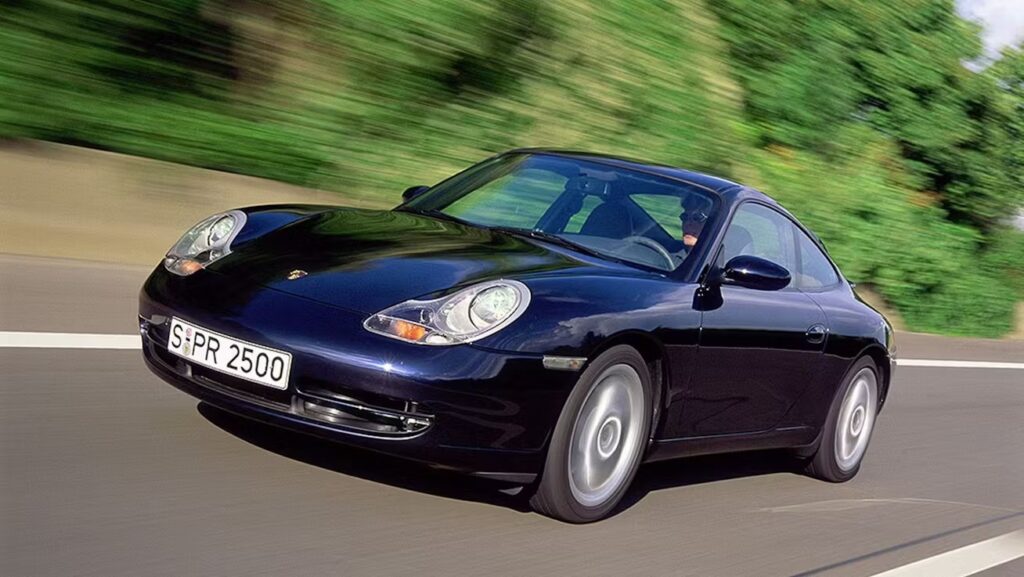
Air-cooled zenith to water-cooled revolution: The 993 and 996 eras
The 993, introduced in 1994, is widely considered the pinnacle of the air-cooled era. With improved suspension geometry, sleeker styling, and a more refined driving experience, it was the last 911 to use the traditional air-cooled flat-six engine. The 993 Turbo, with twin turbos and all-wheel drive, brought supercar performance to the 911 in a daily-drivable package.
In 1998, Porsche took its biggest risk yet: replacing the air-cooled engine with a water-cooled flat-six in the new 996 generation. The decision was driven by emissions regulations, production cost concerns, and the need for improved cooling performance. Enthusiasts were sceptical, especially about the 996’s fried-egg headlights and softer design. Nonetheless, the 996 proved successful and expanded the 911’s appeal globally. The GT3 and GT2 versions kept the hardcore base satisfied, while the Carrera Cabriolet and Targa broadened its market.
Modern muscle: The 997, 991 and 992
The 997, launched in 2004, is seen as a return to form. It brought back more classic 911 styling and improved interior quality. It also marked a period of rapid diversification: Carrera, Carrera S, Turbo, GT3, GT2, Targa, Cabriolet, GTS — nearly every performance niche was filled. The 997 generation ended with the 911 GT2 RS, a 620-horsepower, rear-wheel drive monster that set track records across the globe.
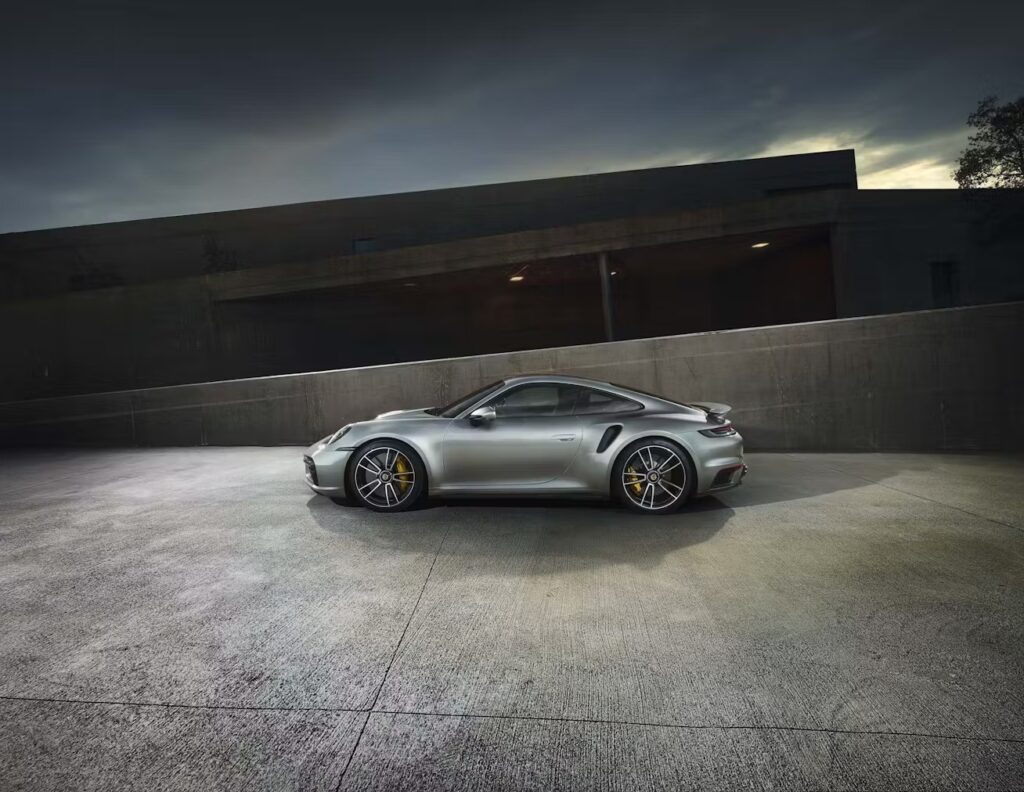
In 2011, the 991 introduced an all-new platform, with a longer wheelbase and even more refinement. This generation included the introduction of electric power steering and, in later models, turbocharged engines across the Carrera range. The GT3 and GT3 RS became track legends, while the 911 R and Speedster invoked heritage in limited numbers.
The current 992 generation, launched in 2019, takes the formula further. Larger, more powerful, and more technologically advanced, the 992 Carrera models all feature turbocharged engines. The 911 Turbo S now pushes out 641 horsepower, while the GT3 continues to offer a naturally aspirated engine and manual gearbox for purists. Inside, digital displays and connectivity options reflect modern luxury standards, but the driving experience remains unmistakably Porsche.
Cultural icon and collector favourite
Beyond performance, the 911 has become a symbol of success, aspiration, and craftsmanship. Its role in motorsport — from endurance racing to rally — helped solidify its image, but so did its presence in film, music, and design circles. From Steve McQueen to Magnus Walker, the car’s cultural reach is as expansive as its engineering legacy.
The classic 911 market has also exploded. Early short-wheelbase models, 2.7 RS variants, and air-cooled Turbos command enormous prices. Specialist restorers like Singer Vehicle Design and Gunther Werks have turned vintage 911s into bespoke art pieces, blending old-school character with modern engineering.
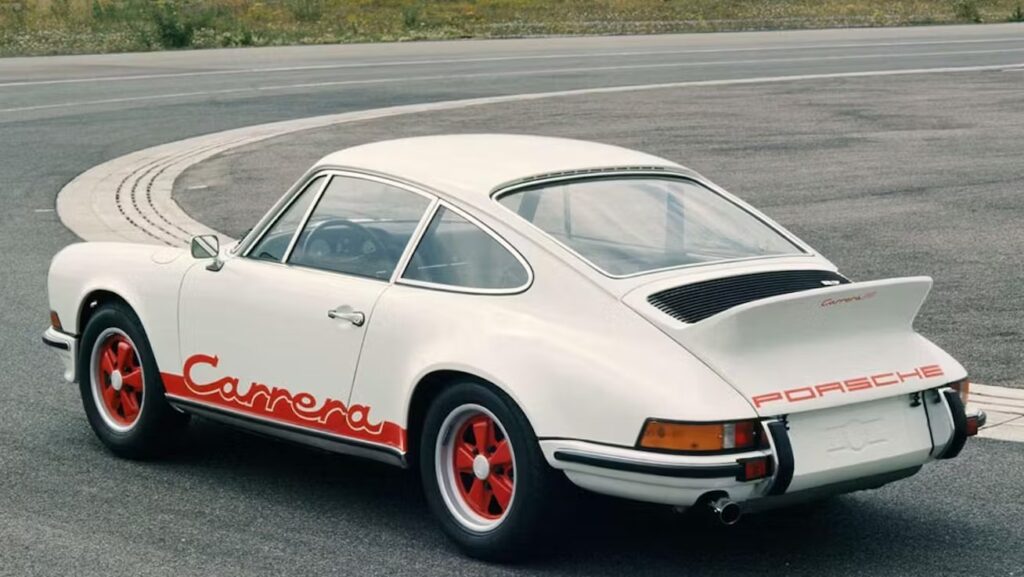
What lies ahead: Electrification and heritage
The future of 911 is a subject of great interest and debate. Porsche has committed to electrifying much of its lineup, with the Taycan EV leading the way and a fully electric Macan on the horizon. But the 911 is expected to be the last model to transition, if at all. Porsche has indicated it will preserve the internal combustion engine for as long as regulations permit, potentially using synthetic e-fuels to meet climate goals without losing the engine’s visceral charm.
Hybridisation is likely to appear in the coming years. A mild hybrid or plug-in hybrid 911 could offer performance and efficiency gains without sacrificing engagement. Porsche is investing heavily in motorsport-based hybrid technology that could filter down to the road-going 911.
Design-wise, the future models will likely remain evolutionary, not revolutionary. The 911’s proportions, layout, and stance are part of its DNA. Technological upgrades will come in the form of digital cockpits, semi-autonomous systems for commuting, and greater integration with mobile ecosystems.

An enduring legacy
What makes the Porsche 911 extraordinary is not any single generation, but the continuity and clarity of purpose across more than six decades. While it has grown more powerful, luxurious, and high-tech, it has never abandoned its essential nature as a driver’s car. Few vehicles have evolved so effectively while remaining so true to their origins.
As Porsche enters its electric era, the 911 stands both as a testament to engineering tradition and a template for adaptation. Whether air-cooled or water-cooled, naturally aspirated or turbocharged, manual or PDK, the 911 has never followed trends — it has defined them.
REFH – Newshub, 30 July 2025


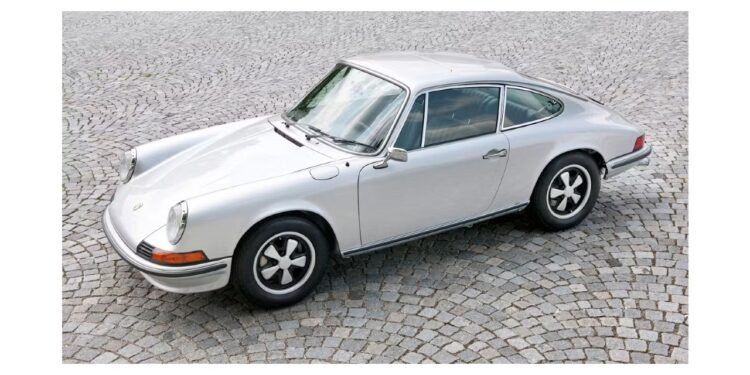
Recent Comments